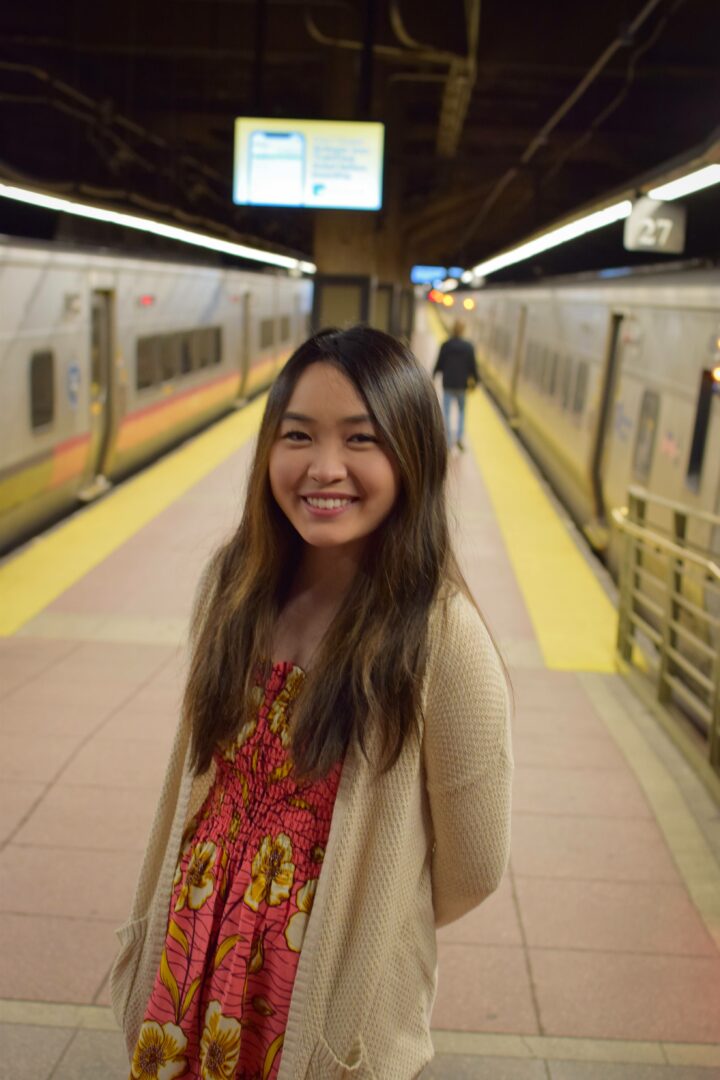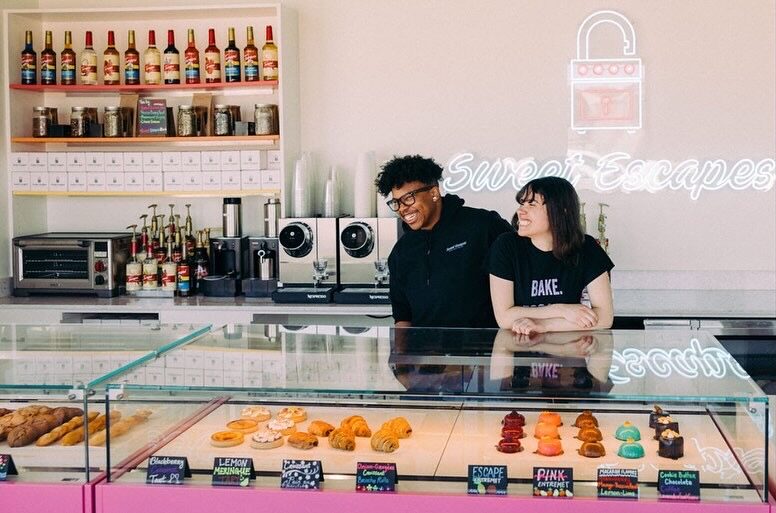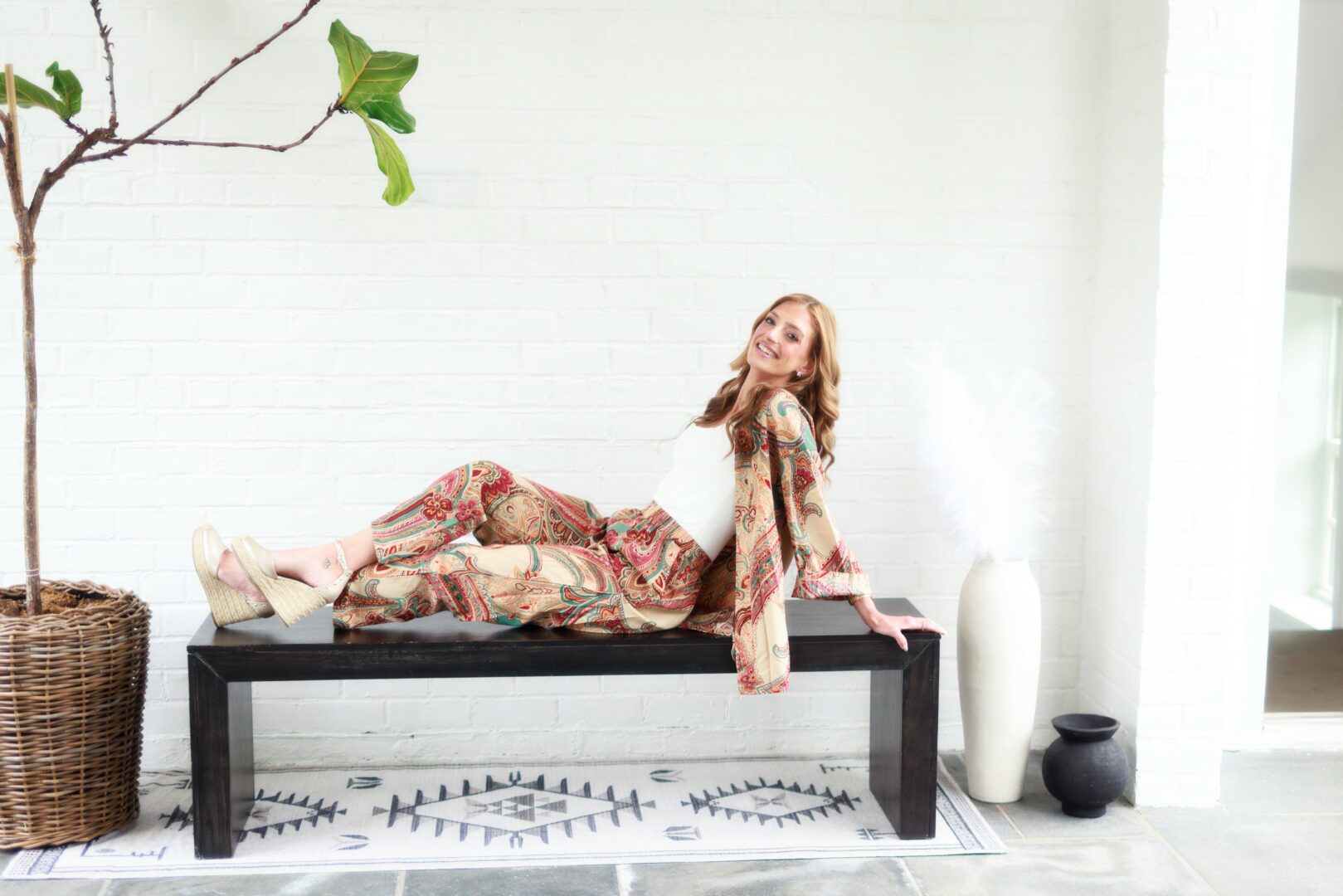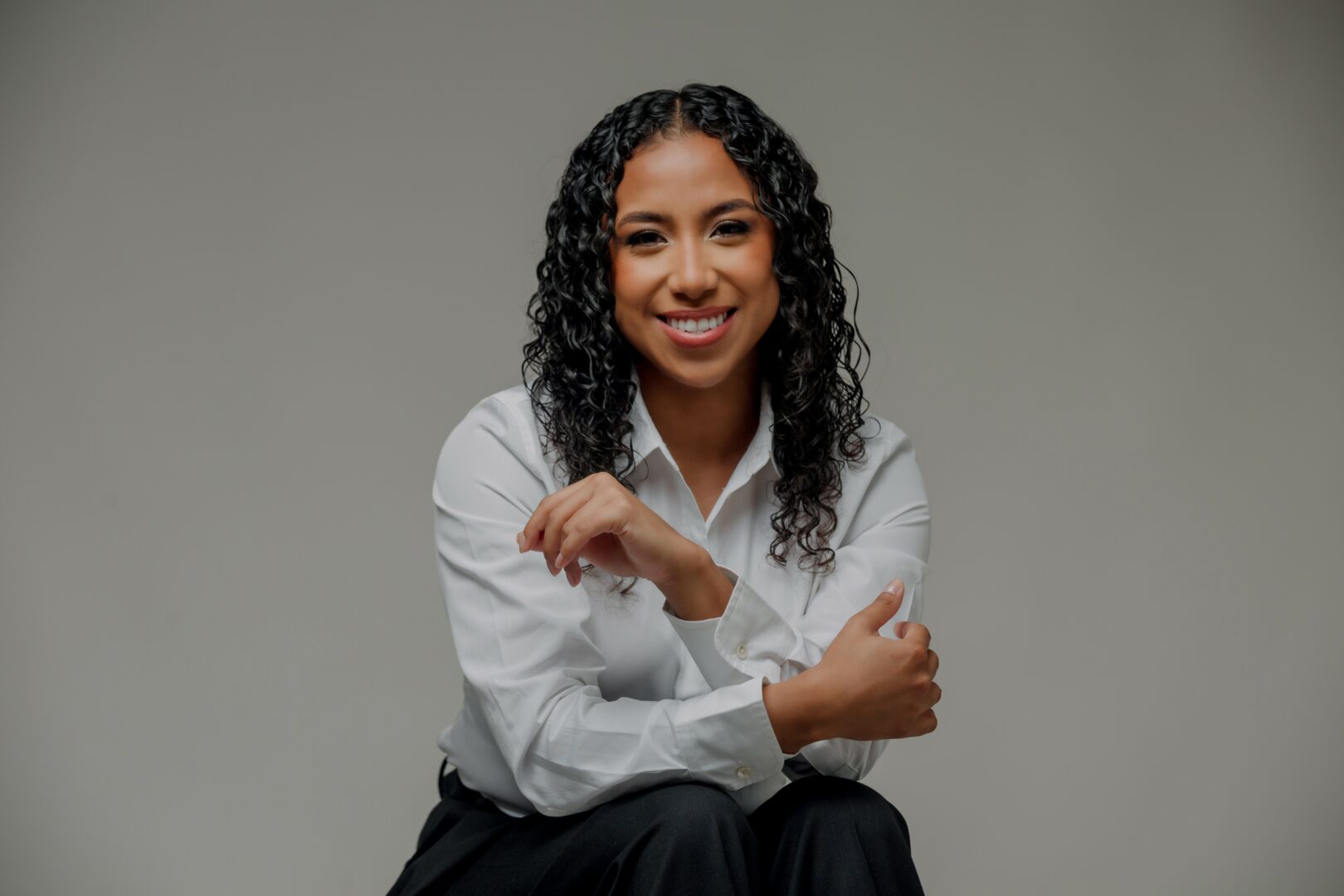We caught up with the brilliant and insightful Lani Matsumura a few weeks ago and have shared our conversation below.
Hi Lani, appreciate you sitting with us today to share your wisdom with our readers. So, let’s start with resilience – where do you get your resilience from?
I learned resilience by facing situations where things didn’t go as planned and having to figure out how to move forward anyway. Where I get that resilience from is probably a mix of how I was raised and how I’ve grown. I’ve always been a huge planner. From a young age, I was pretty much always known as someone who worked hard and thought ahead. So when life threw curveballs early on in my career, I learned that although preparation is important, so is being able to adapt when you’re faced with a reality that doesn’t match what you’d originally envisioned.
Back in 2019, when I was in graduate school studying education, I landed my first full-time teaching job months before graduation. I was so excited to start my career as a teacher. I spent the summer preparing my classroom, buying supplies, getting everything ready for my students, and even teaching at a summer camp to keep practicing and improving my skills as a teacher before the school year began. But just a few weeks into that first school year, I was notified I was being displaced because of low enrollment at my school. In public schools, when enrollment drops, funding does as well, which means classes collapse and the newest teachers with the lowest seniority lose their positions. It wasn’t about my performance and wasn’t something I had any control over, but now, I had to start job hunting again while still teaching full-time. I ended up finding a new position at a middle school about an hour away, and I had to make the switch with basically no transition time. I said goodbye to my elementary class on a Friday and immediately started teaching middle school the following Monday.
Not long after that, the COVID-19 pandemic hit. Practically overnight, I had to take everything I was doing and translate it into a completely new learning environment. To do this, I heavily leaned on the skills I already had. I grew up as a classical pianist and composer, and I’ve always loved art and design. So during distance learning, I wrote and recorded educational songs for my students, started a virtual music club during lunch time, created digital resources to support other teachers, and used different design tools and strategies to make online learning engaging and accessible for my students.
Both of these experiences, along with several other challenges, happened during the first year of my career, and they taught me something really important, which is that no matter how carefully you plan, life is unpredictable. Plans will change, and a lot of times, things are out of your control. But what is in your control is how you learn from those experiences and take those lessons with you moving forward.
A few years later, I faced another major turning point when I realized that, as passionate as I was about education, classroom teaching wasn’t sustainable for me long-term. That decision was extremely difficult and emotional for me. I had spent years pouring everything into this path and had even received several honors and recognitions for my work as a teacher. Teaching was a huge part of my identity, and especially at first, I worried that everything I’d invested into teaching would go to waste. But eventually I realized that even if my plans or my ultimate goal changed, everything I’d worked on to improve myself up to that point actually was not a waste, because I could take what I learned and apply it in new ways.
I poured myself into preparing for a new path. I earned another master’s degree – this time in instructional design, volunteered with nonprofits to gain real-world experience as an instructional designer, and constantly upskilled by taking online courses, attending webinars, watching videos, and downloading free trials of different tools and software to learn how to use them, so I’d feel confident and ready to make the transition.
As a big planner, it was really hard for me at first when things didn’t go the way I expected. But now, I’m in a completely different place than I ever imagined years ago, and I’m thankful for that and proud of myself for every step I’ve taken. I’ve personally seen how so much growth can happen in those times that you don’t initially plan for. So resilience for me has been about rolling with the punches and staying open when the path or goal changes.
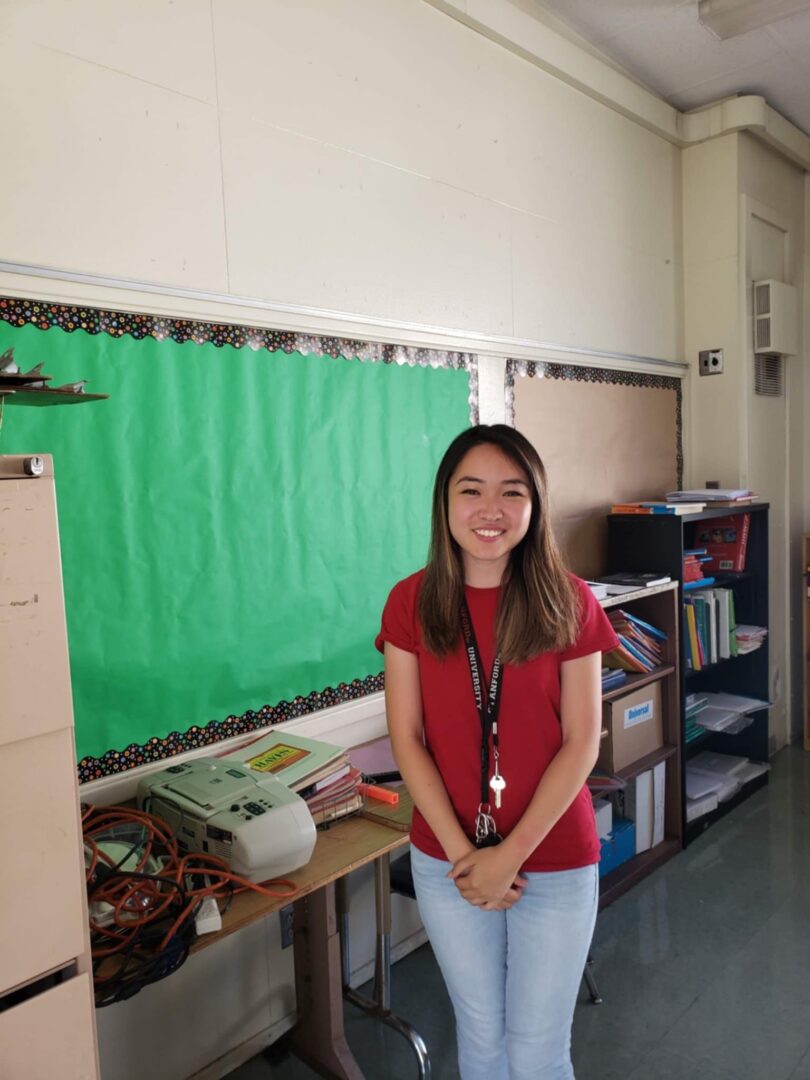
Thanks, so before we move on maybe you can share a bit more about yourself?
I’m currently the Director of Social Services Training and Development at The Salvation Army’s USA Western Territory. I began my career as a public school teacher, then transitioned into instructional design. The type of work I do as an instructional designer and now training director involves designing training in many forms, for example: eLearning modules and courses, educational animations, explainer videos, presentations, workshops, job aids, step-by-step guides, and more. I always think about how to make learning experiences more engaging and useful, so that people walk away with what they need to do their jobs more effectively and confidently.
Something I find really exciting about this work is that there’s always a challenge to solve, and that challenge looks different across industries, which keeps things interesting. I’ve now designed learning experiences across higher education, healthcare, corporate, and nonprofit spaces, and I feel that each one has really taught me how to adapt training to different audiences. I love the puzzle of figuring out what people actually need in order to learn or perform better, and then designing a solution that makes that possible.
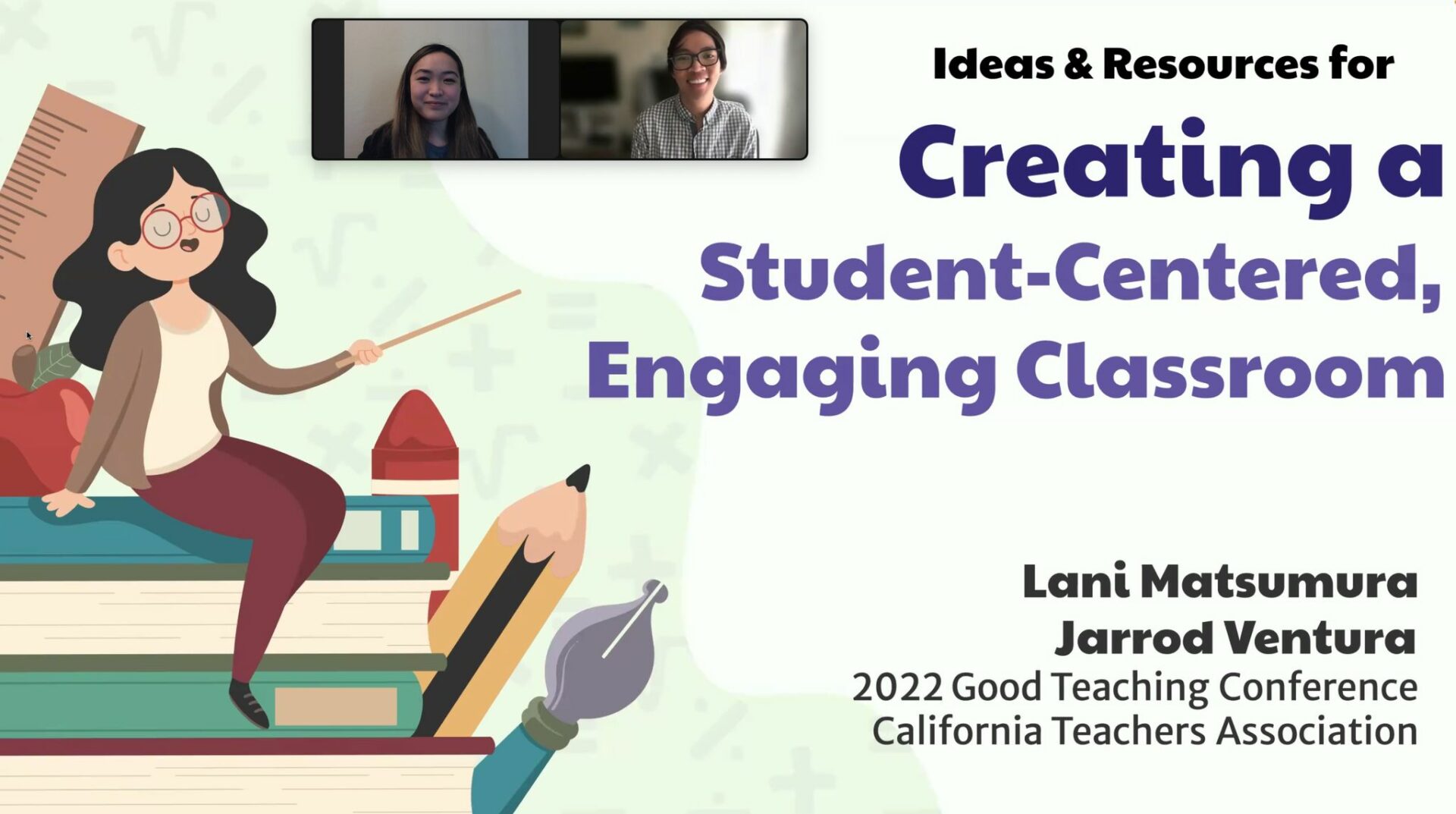
There is so much advice out there about all the different skills and qualities folks need to develop in order to succeed in today’s highly competitive environment and often it can feel overwhelming. So, if we had to break it down to just the three that matter most, which three skills or qualities would you focus on?
One of the most important qualities I’d say is being a go-getter. I’ve always made the most of the opportunities I had, and when the opportunities I wanted didn’t exist, I found ways to create them. In high school, I took college courses through a dual enrollment program, which helped me finish undergrad in two years. As a first-generation college student, that saved me a lot of time and money. Before I even started undergrad, I knew I wanted to get involved in research, but most opportunities were geared toward upperclassmen rather than freshmen. So, I took the initiative to look into different labs, found a project I was genuinely excited about, and emailed the professor. He met with me and interviewed me, and ended up giving me the opportunity to join his lab as a research assistant, despite usually not taking students straight out of high school. That opportunity ended up lasting through my entire undergraduate experience, and I still keep in touch with him today.
That proactive mindset carried into my career as well. When I first got interested in instructional design, I looked at job postings for instructional designers, and noticed that many postings required experience with specific tools, like Articulate Storyline, for example. I didn’t have that skill yet, so I downloaded the free trial, watched YouTube videos, taught myself the software, built a portfolio of samples, and even earned another master’s degree so I’d be more competitive and taken seriously in a new field. The question of “What can I do now to open up doors later?” has guided a lot of the choices I’ve made.
The second quality I’d say is empathy. Even as a kid, I was the type of person who noticed when someone was feeling left out or having a rough day. I naturally gravitated toward listening and trying to understand what others were going through so I could support them in whatever way I could. A lot of classmates would come to me with their concerns, and I think that’s a big part of why I was elected Student Body President in elementary, middle, and high school – not because I was the “loudest” or most outgoing, but because people felt seen and heard by me. That really shaped how I think about leadership to this day, because it showed me how important and powerful empathy is when it comes to creating environments where people feel valued.
Empathy is truly at the core of my work today. As I work in learning design, I don’t just think about what information or content people need to learn. I think about what they’re feeling as they learn. What might be confusing or overwhelming? What will keep them engaged? Empathy is what turns a training from just “information” into an experience that actually matters.
The third quality I’d say is being open to change. I’ve never been someone who’s set in my ways. I’m always willing to listen, learn, and try new things, and I’m always looking for ways to improve what I’m doing. This has helped me stay adaptable, both in work and in life. For example, when the pandemic hit and I was a teacher, I didn’t have access to fancy paid tools or unlimited time, but I worked with what I had. I found new ways to use free tools I was familiar with, got creative within the constraints, and quickly created learning experiences that still felt engaging and thoughtful. That experience really showed me that being open to change involves being flexible and resourceful.
Even now, in my work creating eLearning, I’m always looking for ways to improve my skills and grow. I like to look up advanced examples from other designers and developers to get inspiration and reverse-engineer what they’re doing, so that I can figure out how to bring that same level of quality to my own work.
The good thing about all three of these qualities is that they’re all free. None of them require a fancy degree or special resources. They’re essentially just a mindset. So my advice is to be proactive about your growth, create your own opportunities when they’re not handed to you, be open to change, and lead with empathy, since at the end of the day, whatever field you’re in, the goal should be to make something that truly helps people.
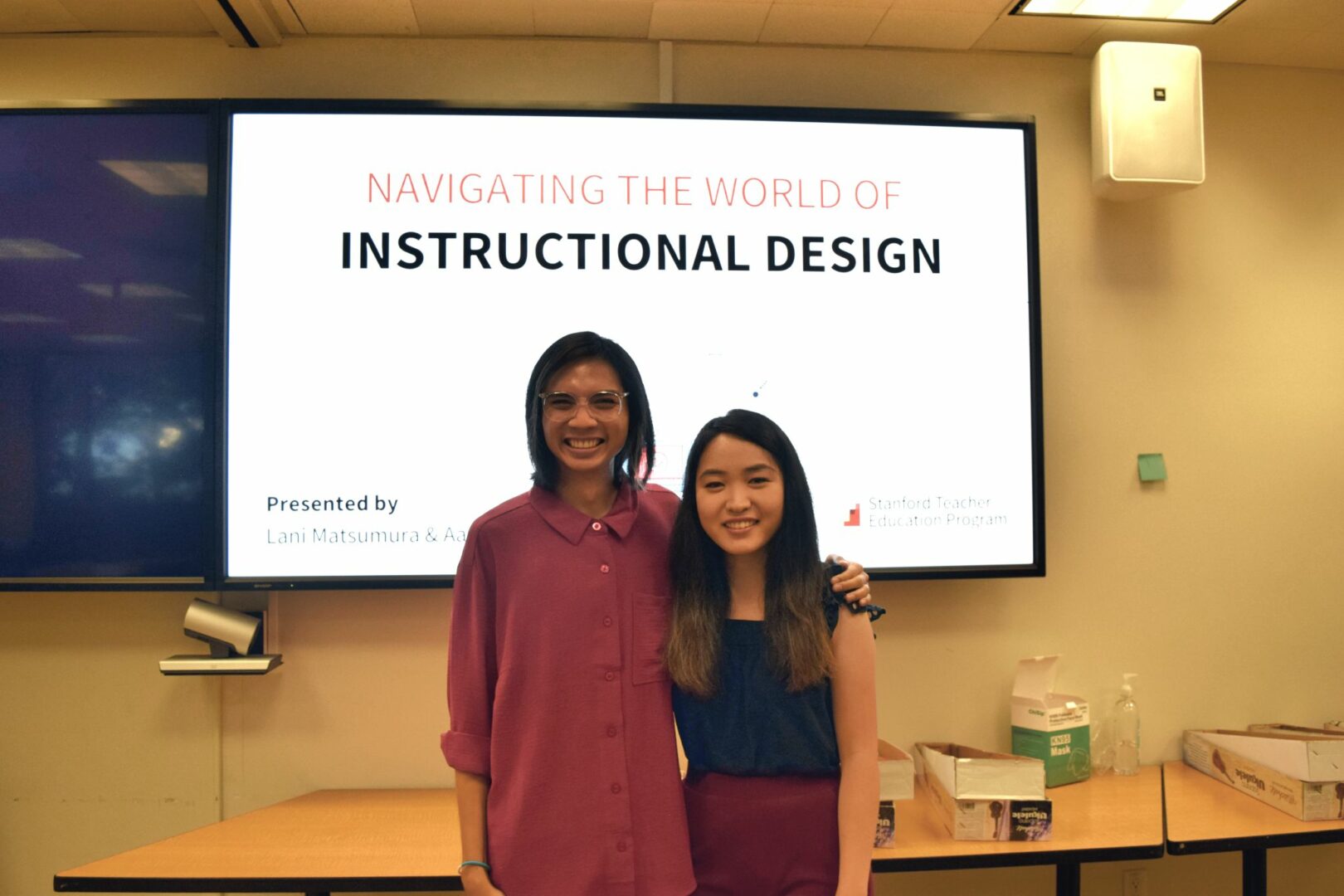
What would you advise – going all in on your strengths or investing on areas where you aren’t as strong to be more well-rounded?
I think it’s better to go all in on your strengths. I see specialization as the cornerstone to diversity. If everyone were a jack of all trades but master of none, we’d all bring the same general skill set to the table, and there wouldn’t really be much point in working together. But when you focus on your strengths, you develop a deeper level of expertise, and that’s what allows people to bring different perspectives and contributions. That’s how we build things that are actually better together. Without specialization, we wouldn’t have inventors, professional musicians, scientists, or things that really show the peak of humanity.
That said, I don’t think you should neglect your weaker areas, especially if they’re needed to support your strengths. There are still some base level skills, like communication, that are important no matter what and are necessary to let your strengths shine. Like Malcolm Gladwell said in his 10,000-hour rule, it takes about 10,000 hours of dedicated practice to achieve mastery. You just can’t dedicate 10,000 hours to every skill and achieve mastery in everything, so you have to pick what you’re interested in enough to feasibly spend those 10,000 hours on without getting bored or frustrated.
That’s why I think it’s better to invest in the things that you’re naturally drawn to and strong at, and become really good at them. That’s what makes your work stand out, and what makes you valuable wherever you go.
Contact Info:
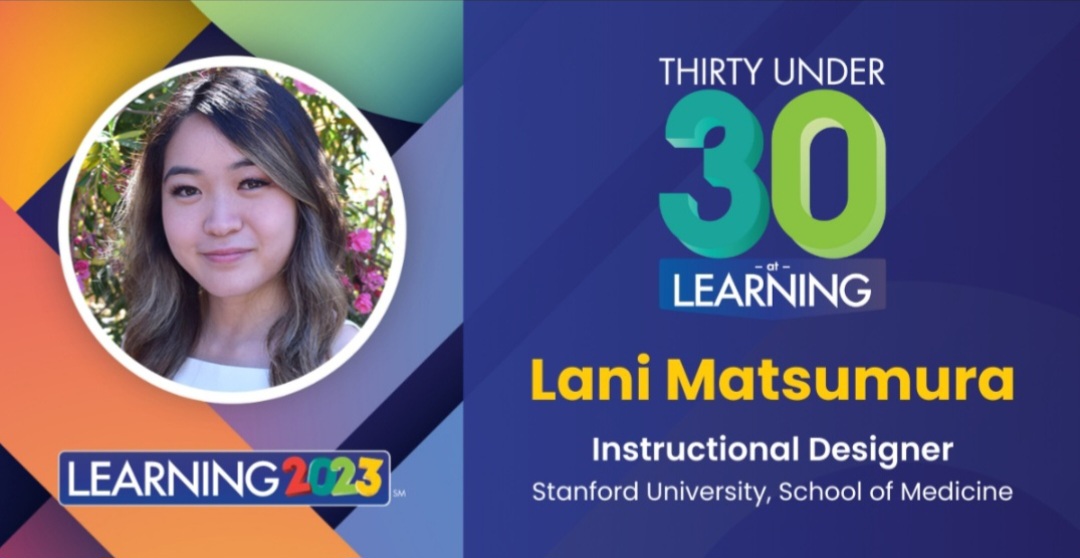

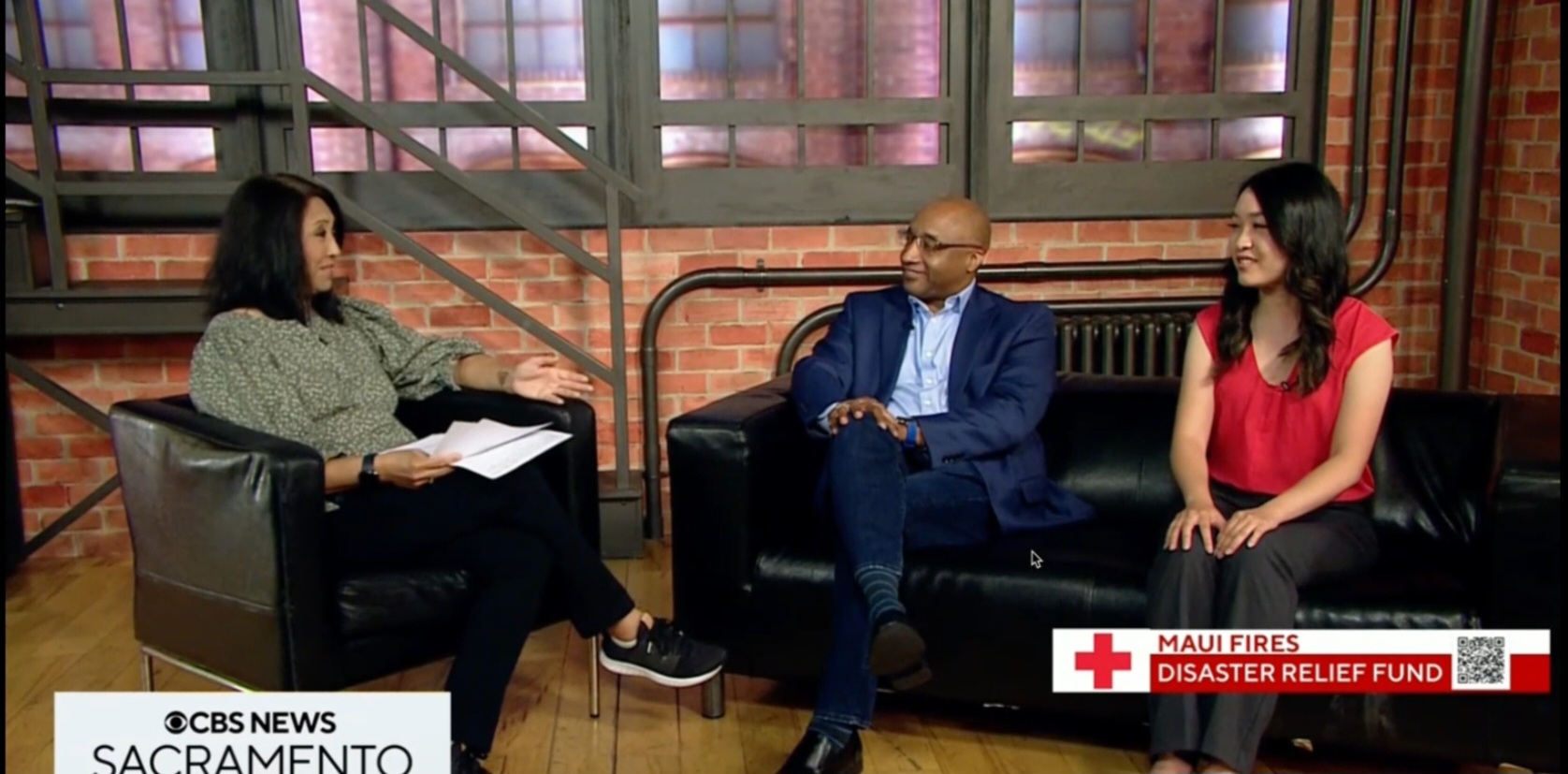
so if you or someone you know deserves recognition please let us know here.

